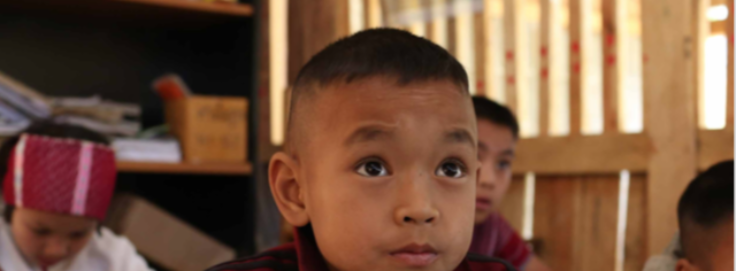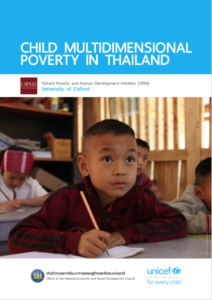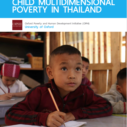
Search
Child Multidimensional Poverty in Thailand

This report presents the findings of the child MPI for Thailand, an official, permanent tool to measure multidimensional poverty among children aged 0-17 years. The child MPI was developed by the National Economic and Social Development Council (NESDC) and the United Nations Children’s Fund (UNICEF) Thailand Country Office, with technical support from the Oxford Poverty and Human Development Initiative (OPHI) and the UNICEF Thailand Country Office. The findings are intended to guide policymakers and other key stakeholders in budget allocation and targeting in order to build human capital, reduce inequality, and eliminate poverty in all its dimensions.
 The child MPI is an individual measure of child poverty, with the child as the unit of identification and analysis. While results show that Thailand has reduced monetary poverty since 2005/2006, more than 20% of children in Thailand are still multidimensionally poor.
The child MPI is an individual measure of child poverty, with the child as the unit of identification and analysis. While results show that Thailand has reduced monetary poverty since 2005/2006, more than 20% of children in Thailand are still multidimensionally poor.
Data from 2015/2016 showed that deprivations in Education contributed the most to child poverty at 41.1% followed by deprivations in Health (15.1%) and Health Prevention (15%). Poverty tended to be higher in rural areas (23% of children identified as poor) compared to urban areas (19%).
The Northeast (25.6%) and North (23.2%) regions had the highest incidence of multidimensional poverty. Of the 14 provinces for which data was available, Kalasin had the highest incidence of poverty (40.2%) while Mae Hong Son had the highest intensity (40.6%) and Pattani had the highest overall MPI (0.141).
These child MPI findings will be complemented in due course with a national MPI that assesses the multidimensional poverty of all of Thailand’s population, regardless of age.
Download the Report here.















